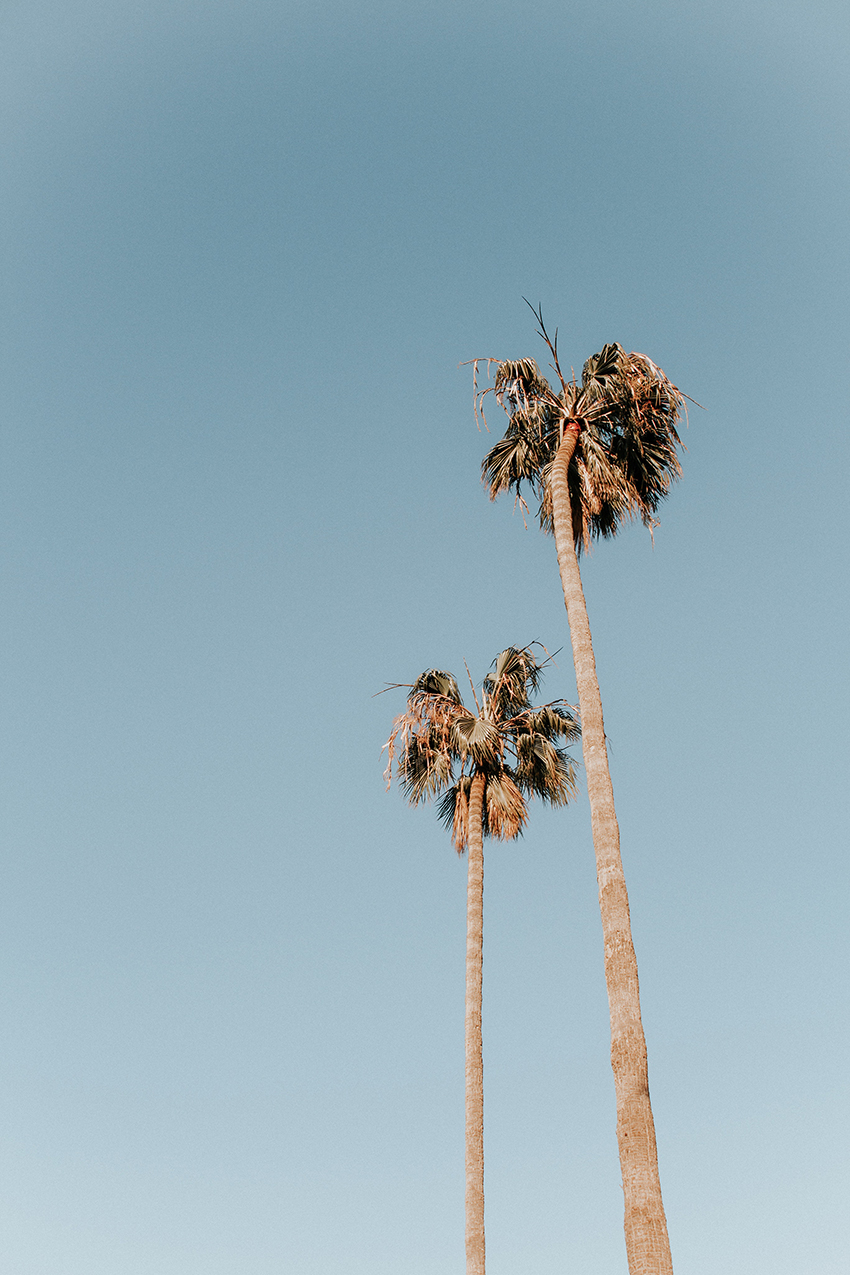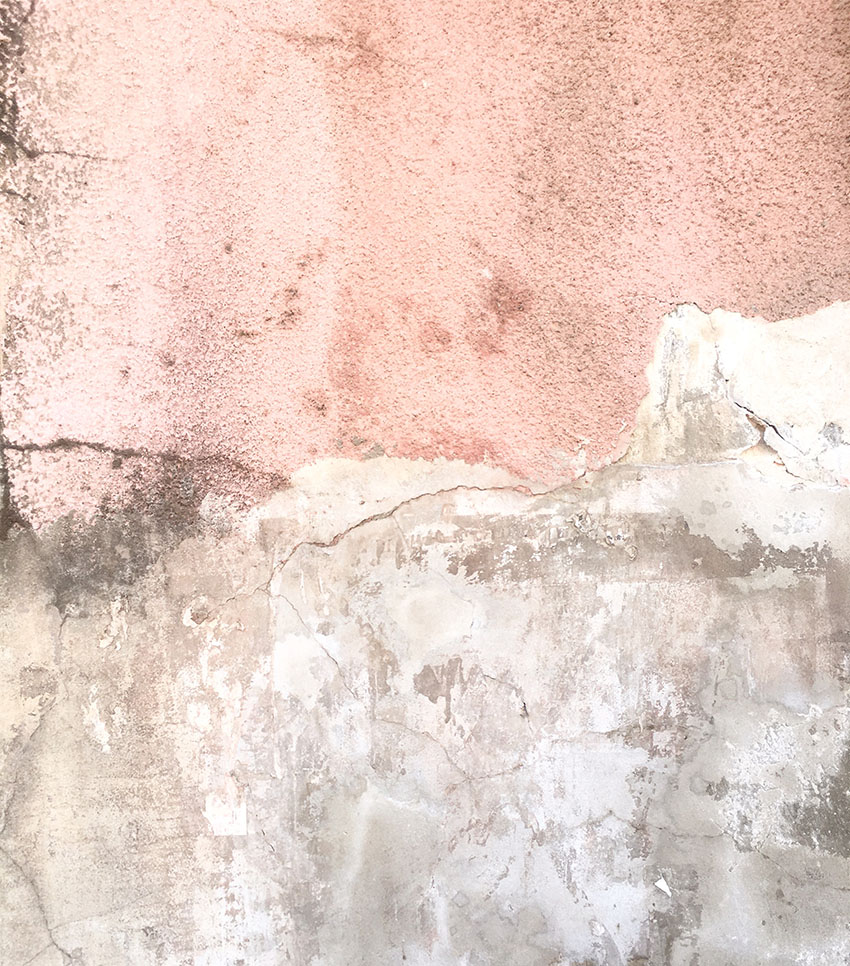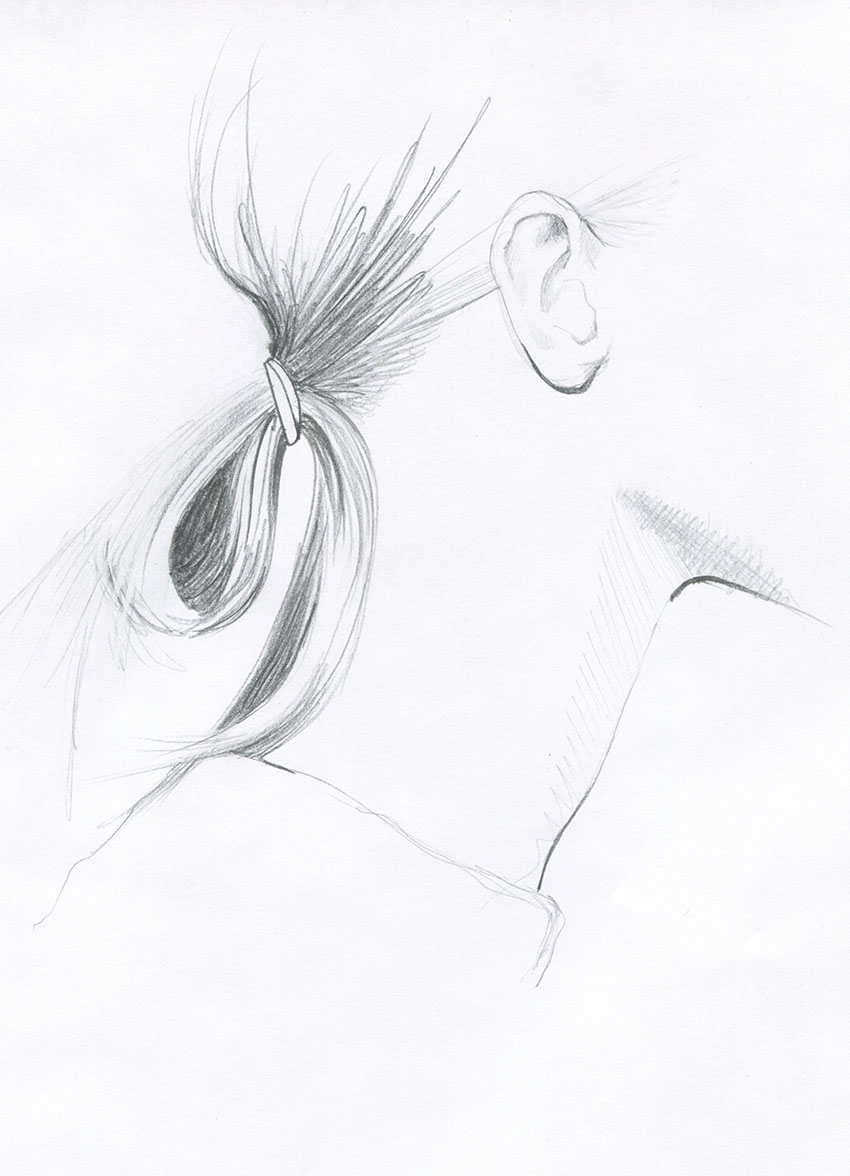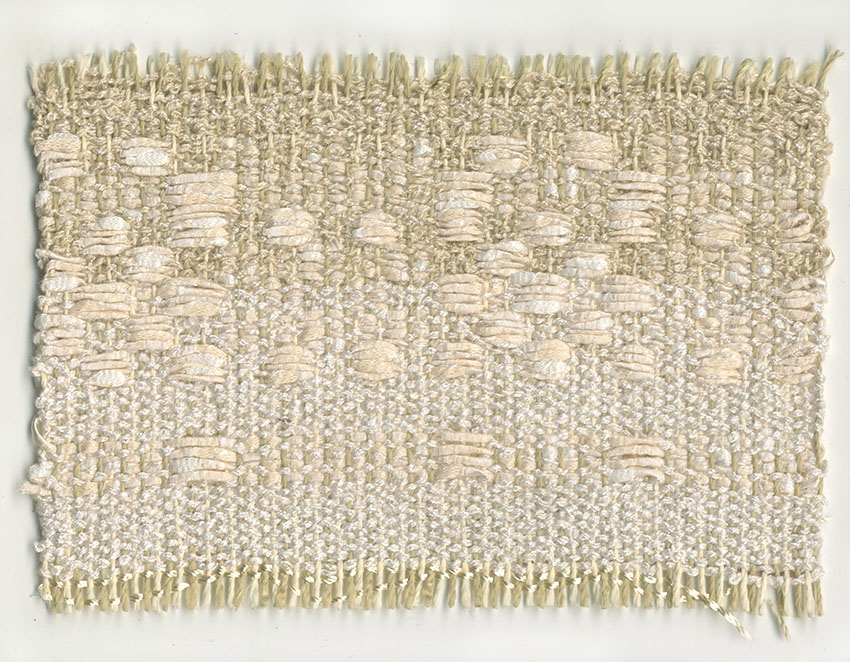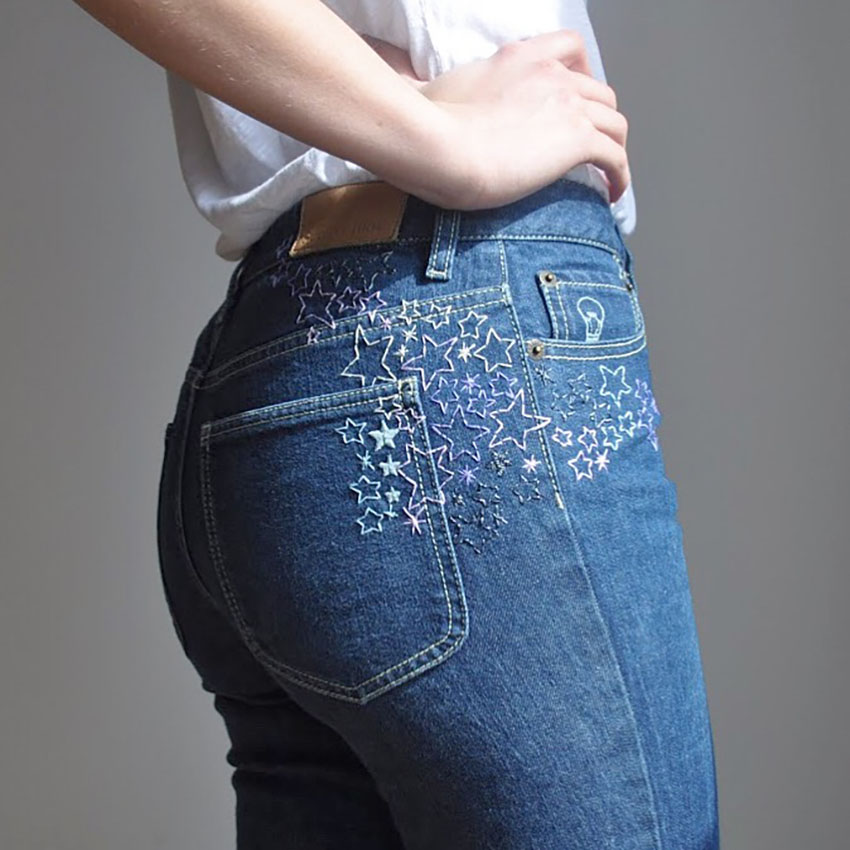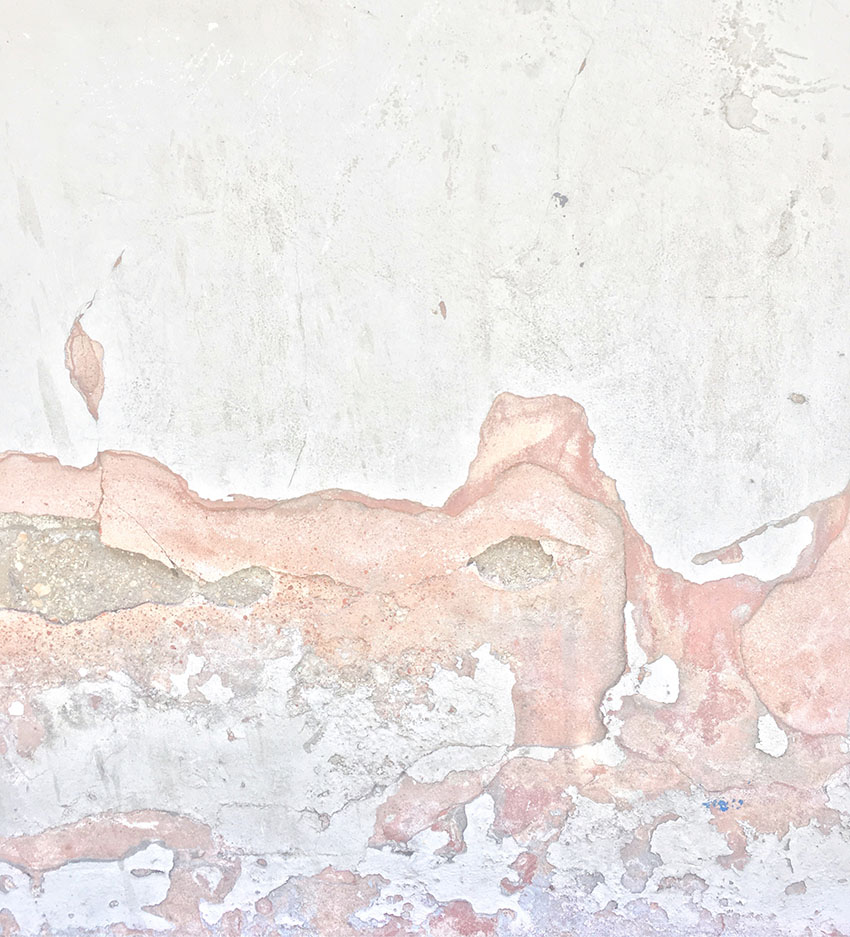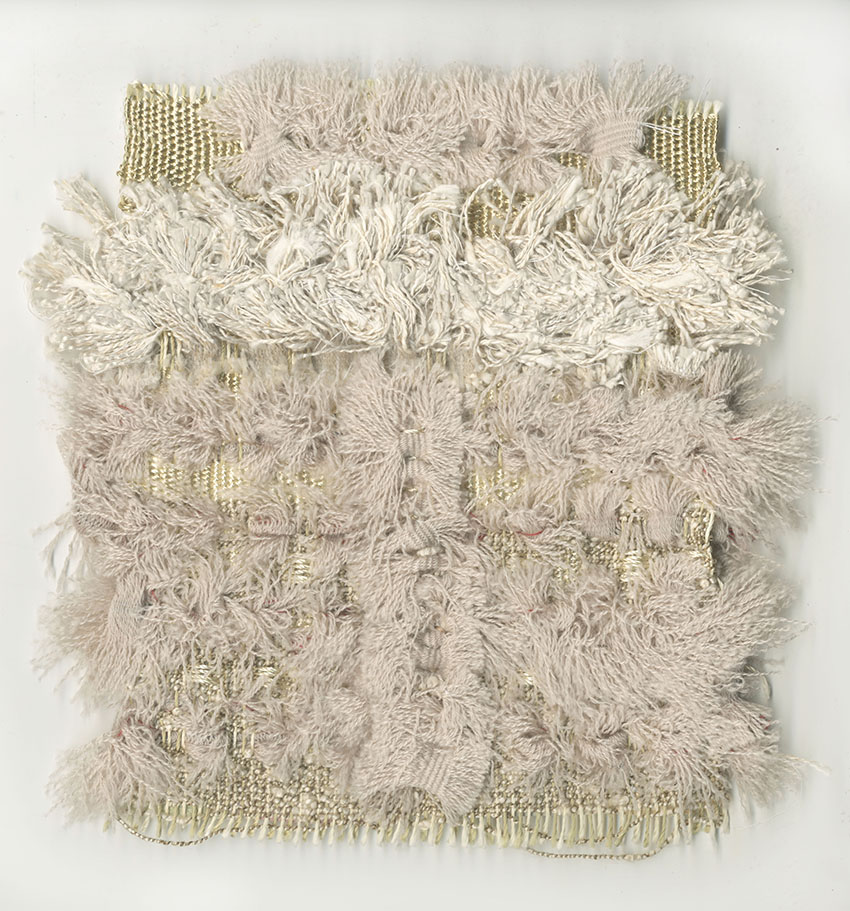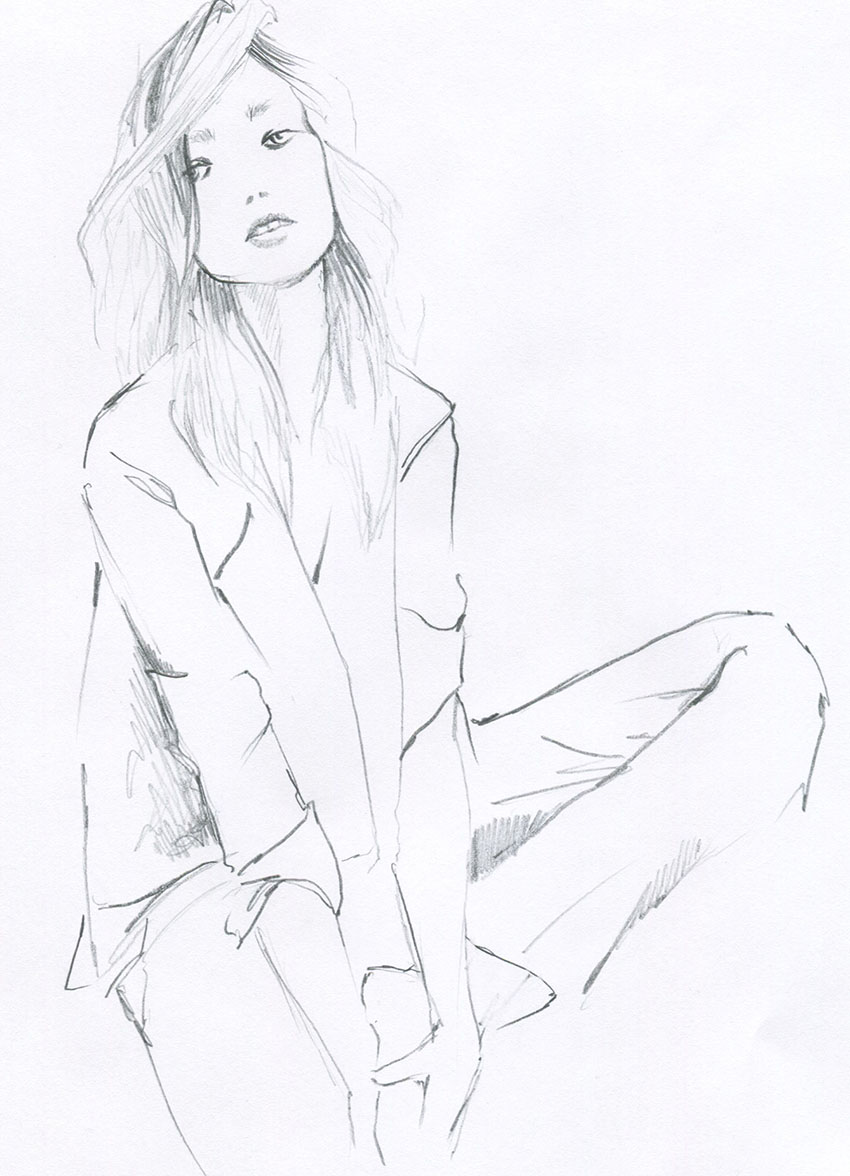In honor of Earth Day, we’ve compiled some of our favorite easy ways to reduce your impact. Hopefully with all of the Earth Day posts, National Parks Week, and Fashion Revolution going on, you’ll feel just as inspired as us to make a difference. We all have to start somewhere and there is no shame in saying, I haven’t done any of these, but I’m going to start. My fave is #1—I go on walks everyday so I’m going to make it a point to pick up at least one piece of trash each day. Let us know what you’ll do to reduce your impact!
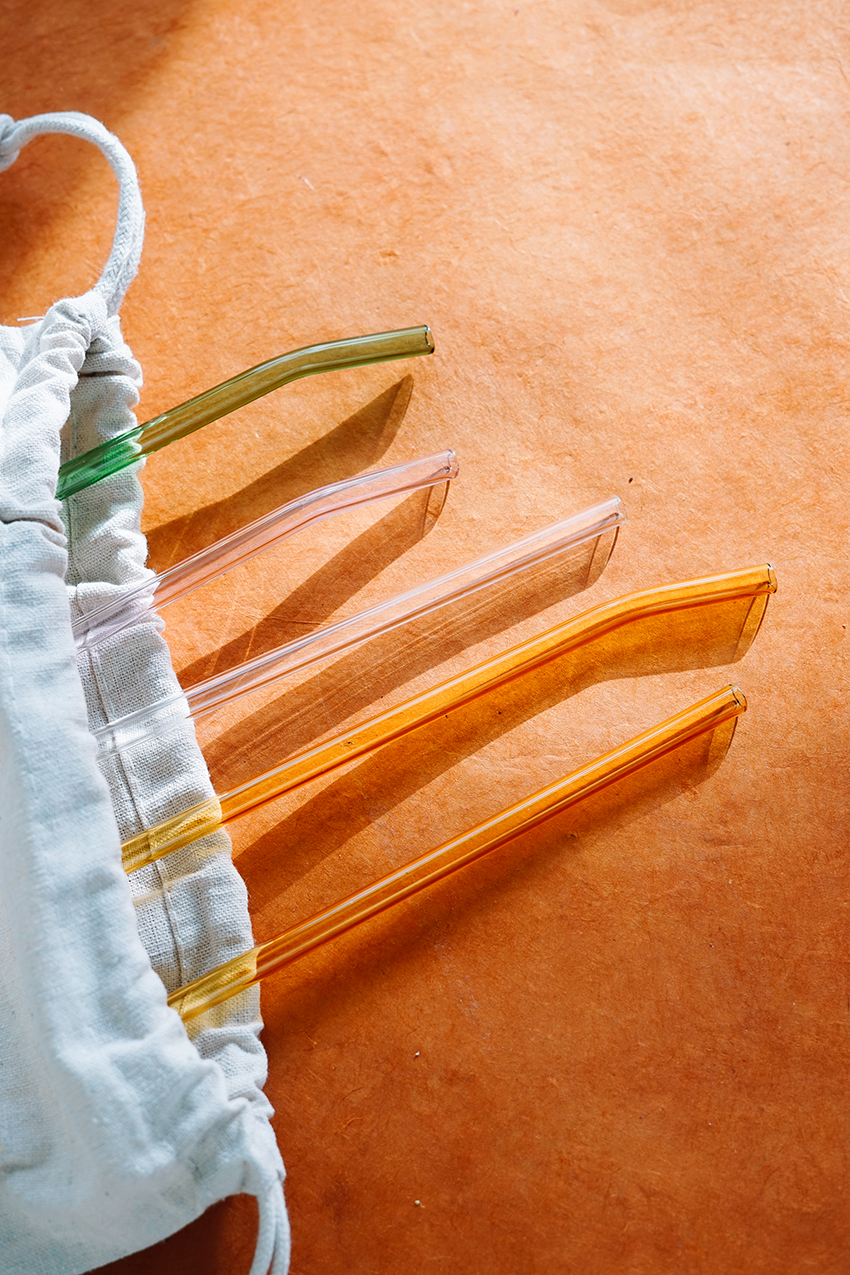
10 easy peasy ways to reduce your impact
Pick up one piece of trash a day. There are a lot of Instagram communities dedicated to picking up trash in the city, on hiking trails, and at beaches. You can join in or get inspired and do your own thing. It doesn’t matter how, just that you make the decision to pick up something when you see it. We all see trash every day, but it’s that decision that we’re going to do something, that makes it easy to go from just passing by to taking a moment to clean it up.
Make a meal using what you have at home. If you’re like me and not the most natural cook (anyone?) it can be tough to make a meal without a shopping list and recipe handy. But doing so means there’s always miscellaneous items that can be used for experimenting with a new meal. Lately I’ve been using my extras to make bowls with roasted veggies and quinoa. Doing this once a week when you’d reeeeally rather go pick up breakfast or lunch will save money and create less waste.
Put together a zero waste kit. Zero waste is an intimidating term, but there’s also a strong, supportive community behind it, where everyone has the same goal—to reduce your impact. As a creative person who wants to be inspired by what I do, the act of putting together my own zero waste starter kit got me excited to put it to use. Be sure to start off with what you have at home before moving on to products you need to buy!
Think of recycling as a last resort. Big brands would have us think that recycling is the first step (thanks, greenwashing), when it should be last. Designer Sivan Ilan talks about this in regard to her textile business—all it requires is a shift in mindset. Think of packaging for example. The first question is, do I need this? And if you do, you might then think how can I reuse this? Once you reuse it, you might think, can I upcycle this to become something else? Way down the road, once it no longer serves you, you can recycle it (or hopefully compost, if it can be)!
Politely decline a straw or disposable napkins at a restaurant. I know, way too much hype about straws going around these days, but it’s important to keep up the momentum until casual dining spots are ALL being more mindful about single-use. If a straw or a plastic bag has to be the emblem for the “refuse single use” movement, so be it—what’s really important is decreasing our reliance on things that stick around for way longer than they serve us.
Sign a petition. Signing petitions is a great first step for those who aren’t used to activism and don’t know where to start. It forces you to keep up on the issues—which is the only way you’ll learn where you stand/how you want to help—and it really can effect change. Don’t believe me? See why Trader Joe’s announced their decision to phase out plastic.
One less meal containing red meat. Reducing our dependence on red meat is essential to combating climate change. If you are a meat eater, this is an impactful first step in being more conscious of the effect your food has on the environment. When you write your weekly grocery list, replace one meal a week that would typically contain beef—and you’re already making a difference.
Do some green research before you travel. How many people can say they research how to go green while traveling, before they book a trip? It’s a simple thing you can google to find tons of resources on the do’s and don’ts of tourism at your destination. If you’re traveling to Thailand, for example, it would be good to have a briefing on the complicated state of elephants there, before you are faced with a decision about your potential activity, in the moment. It’s so simple and doesn’t require a major change in plans, just a little forward thinking.
Ask yourself this question before you Prime. Next time you’re about to order on Amazon prime, ask yourself, is this something I could pick up locally next time I’m out? If so, you eliminate the need for packaging, expedited shipping (transportation, more packaging), pollution, and other environmental hazards that come along with getting it to you. Sometimes convenience isn’t even about convenience, we get so used to doing something that we don’t realize it would be just as easy to do it a different way. This helps you check those impulses and ultimately reduce your impact!
Check your clothing labels. You’ll find countless ways to quit fast fashion and budget for sustainable clothing on our blog and beyond, but I think it’s more of a journey than a destination. It takes time to learn about the things you wear and the items that make you feel comfortable and confident, and how that plays into your actions as a consumer. If you’re not ready to make a drastic change, start by looking at the clothing labels on the things you already wear. Once you learn about materials, you can start to research sustainable alternatives. It doesn’t cost money to learn, and education is key to reducing your footprint.
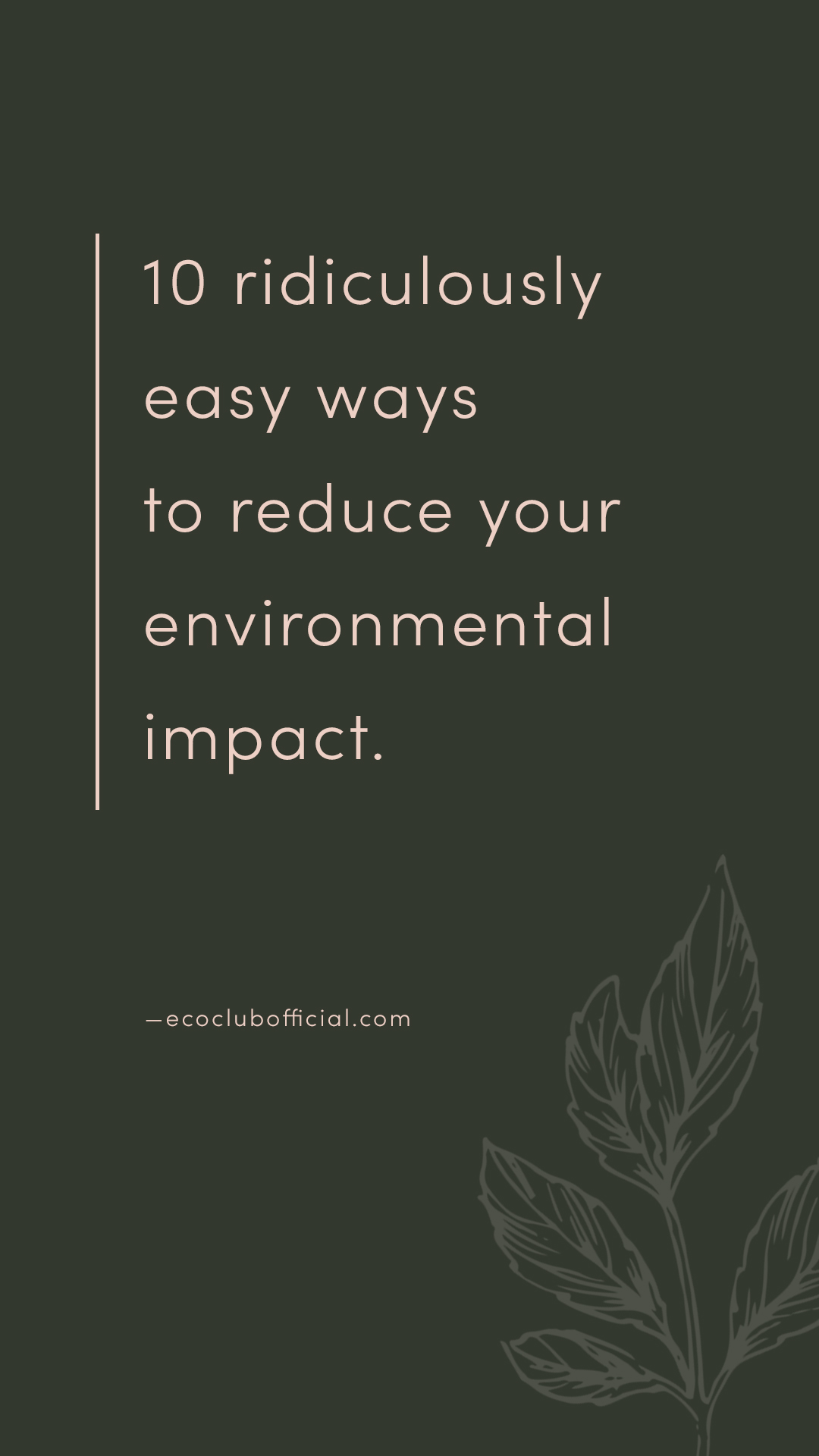
Imagine the effect just committing to one of these for the next 30 days might have. If you’re like me, it’ll help you build up the knowledge and confidence to tackle larger goals from there. But at the very least, you’ll have made an effort to reduce your impact where you didn’t before.
Which of these 10 ways speaks to you? Use #ecoclubofficial on Instagram to share your progress with the community. Happy Earth Week!

